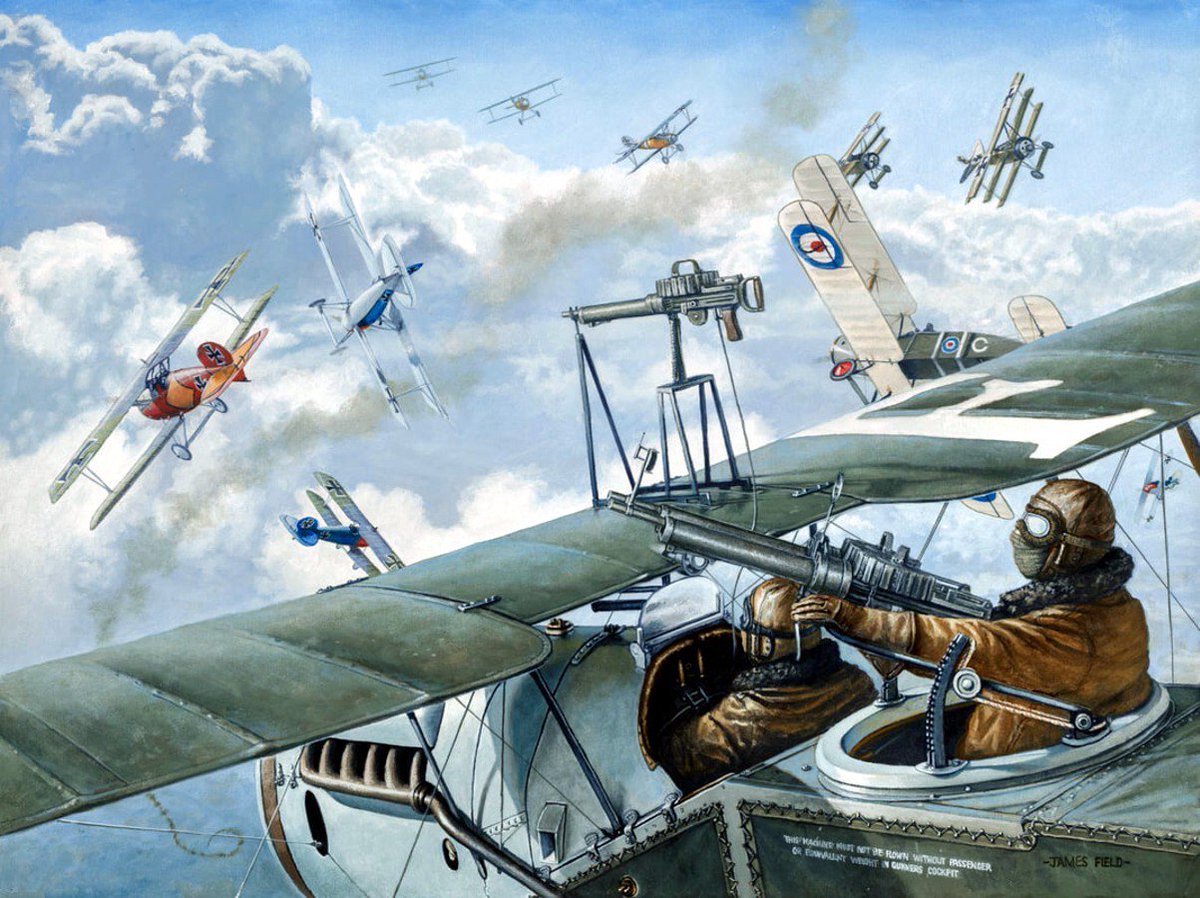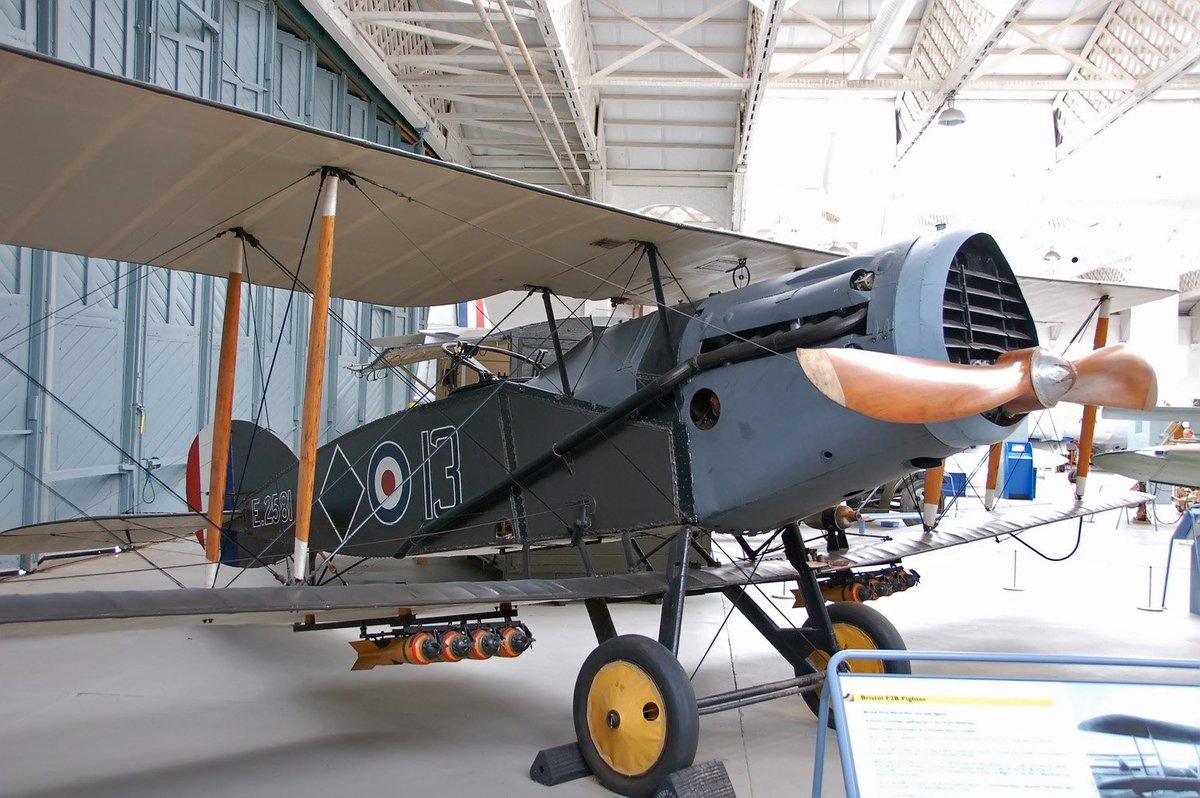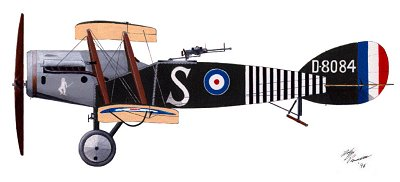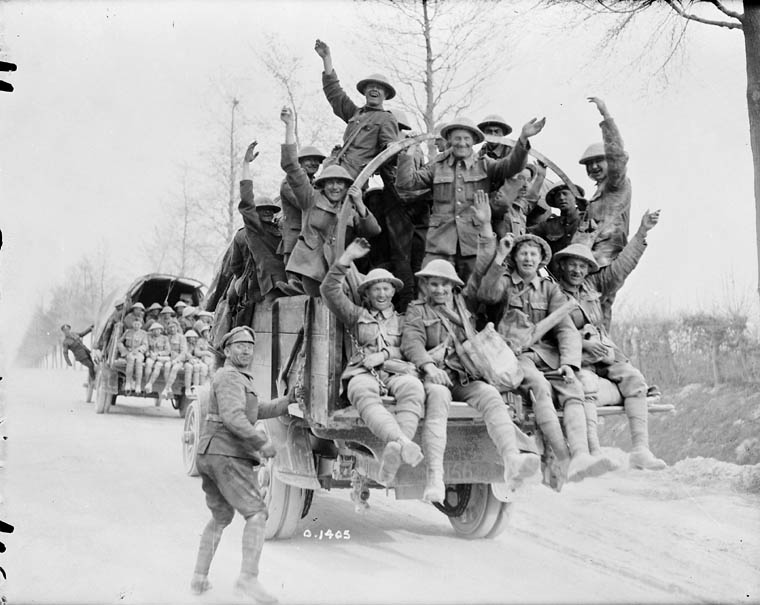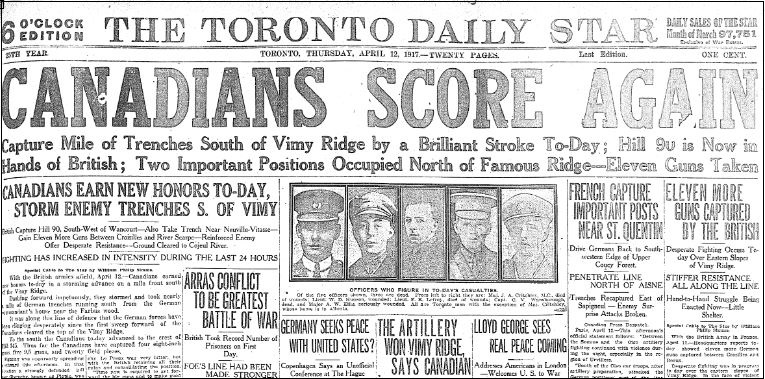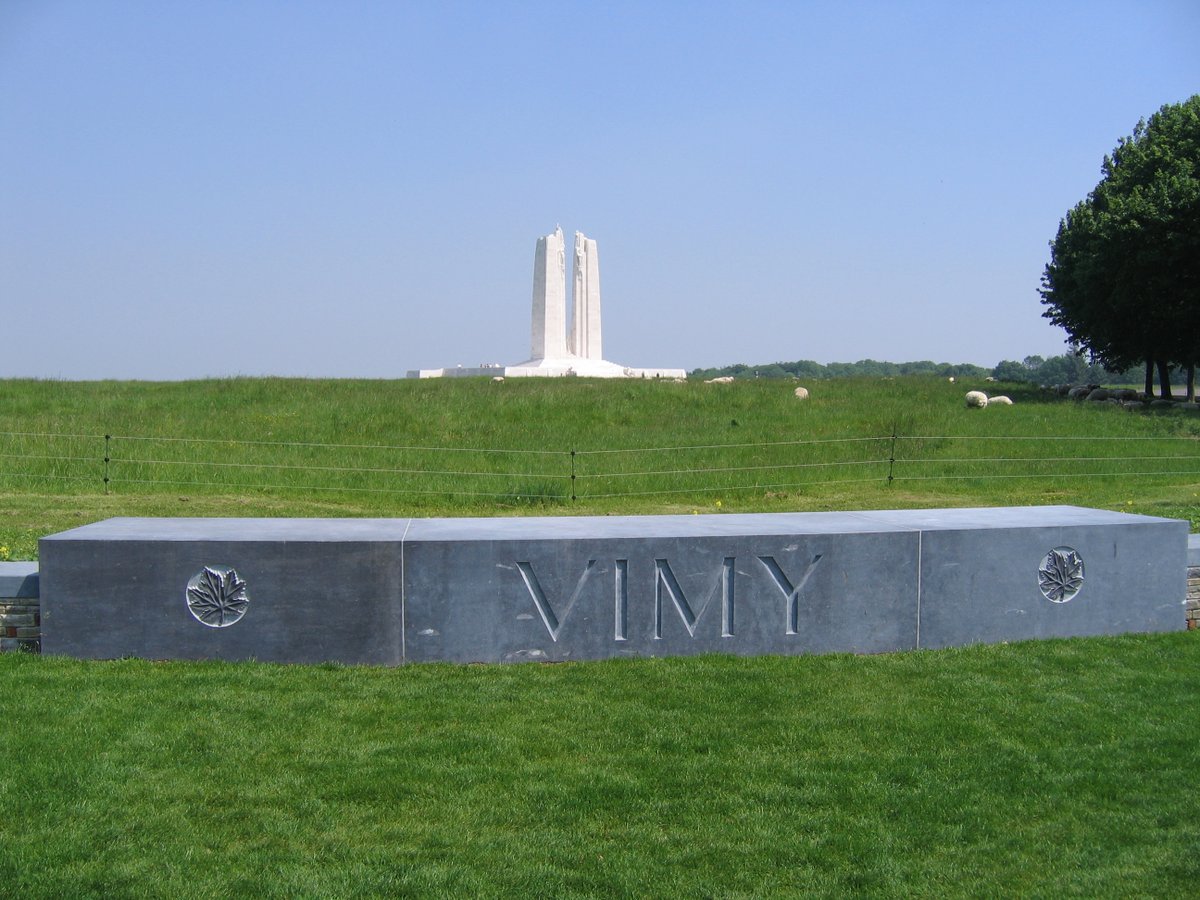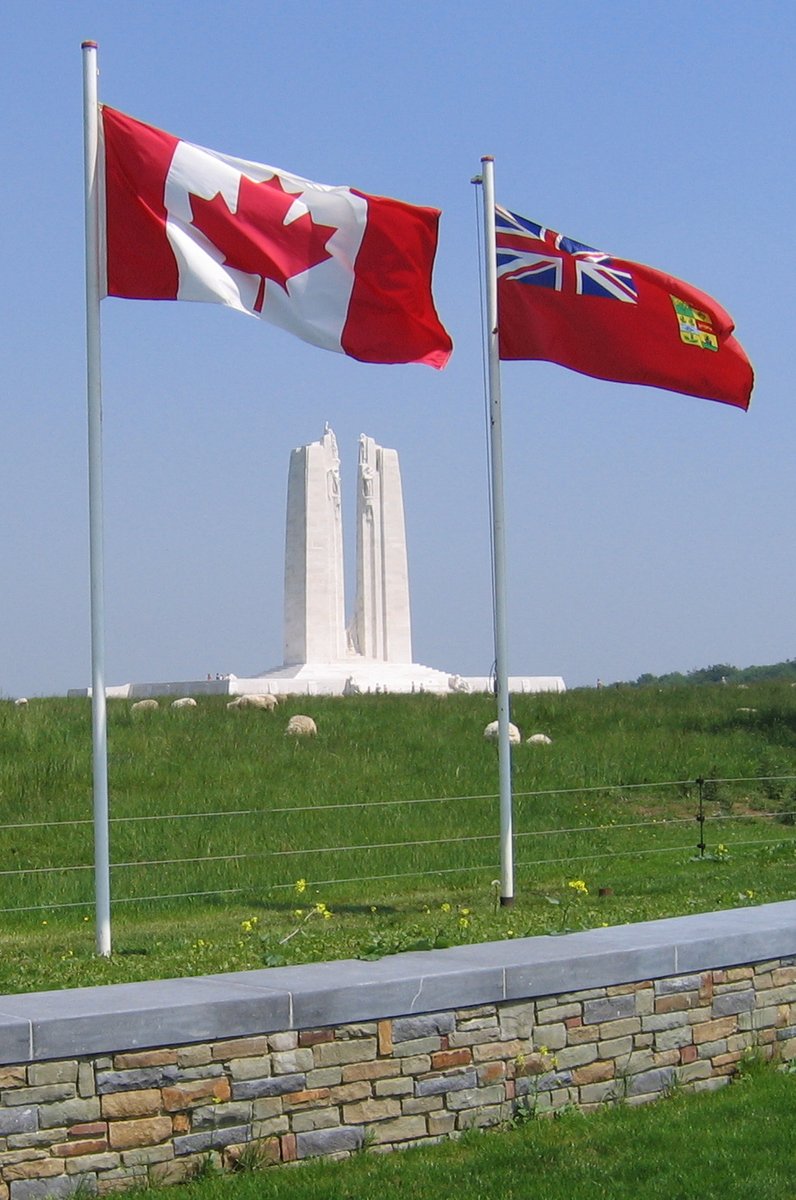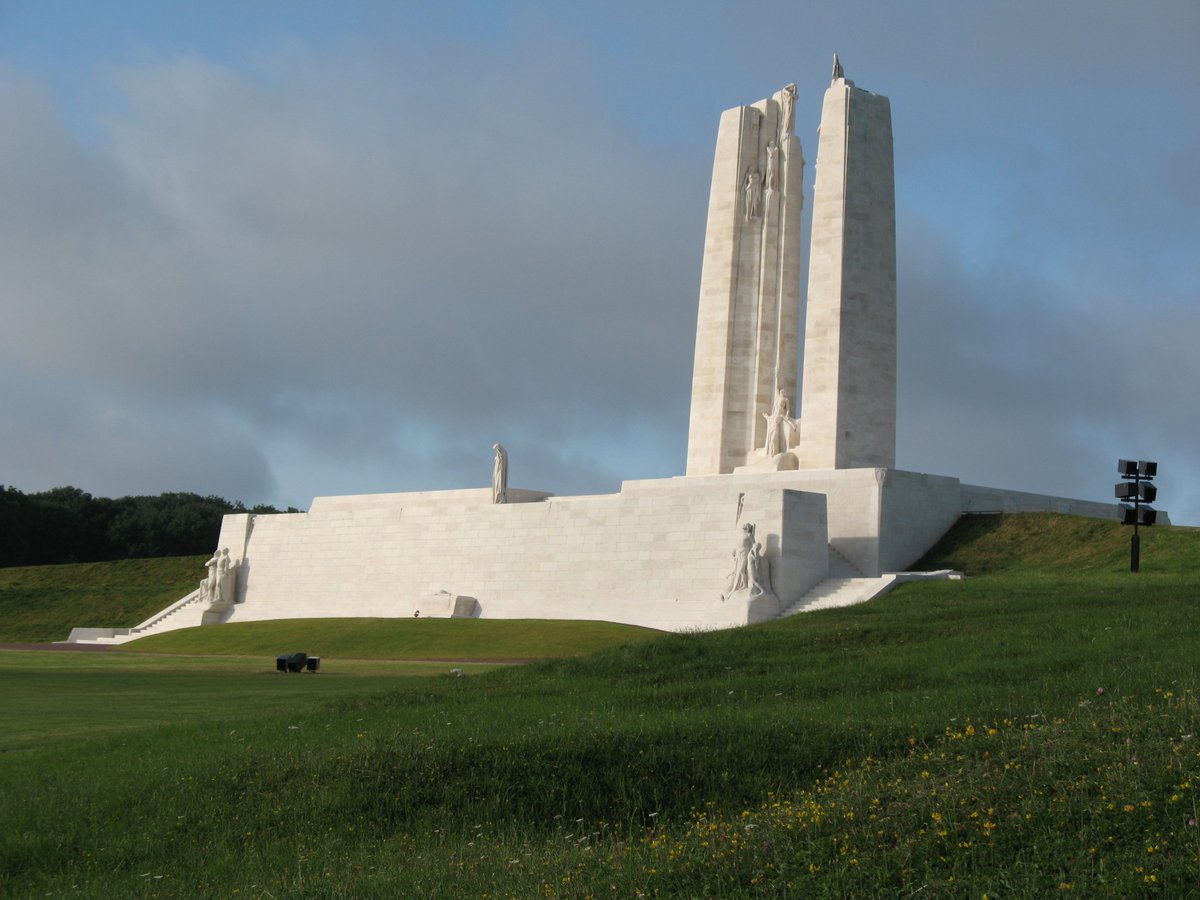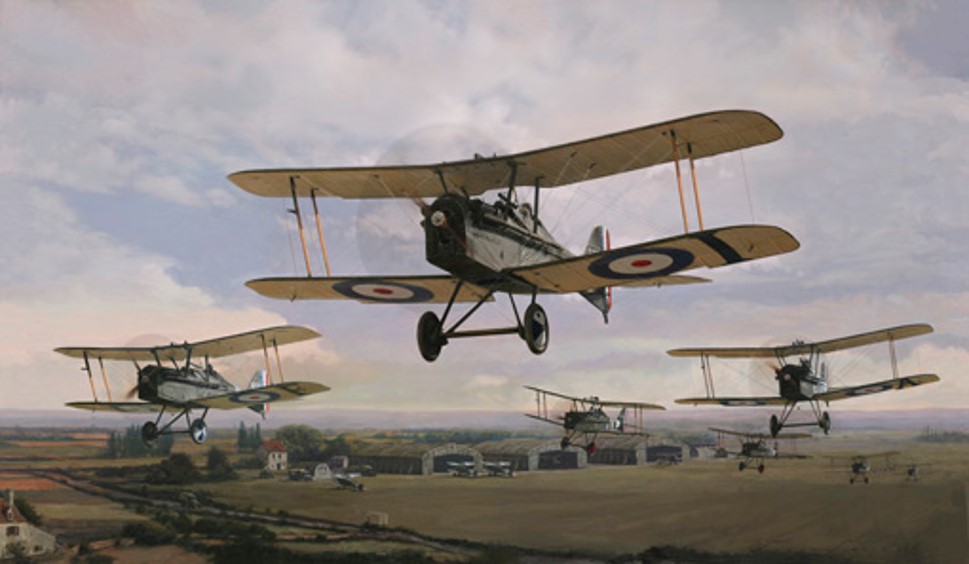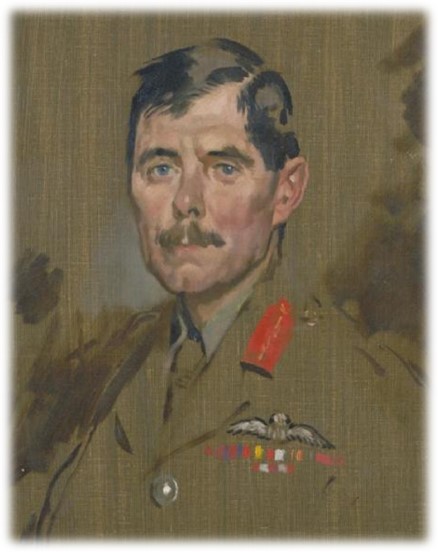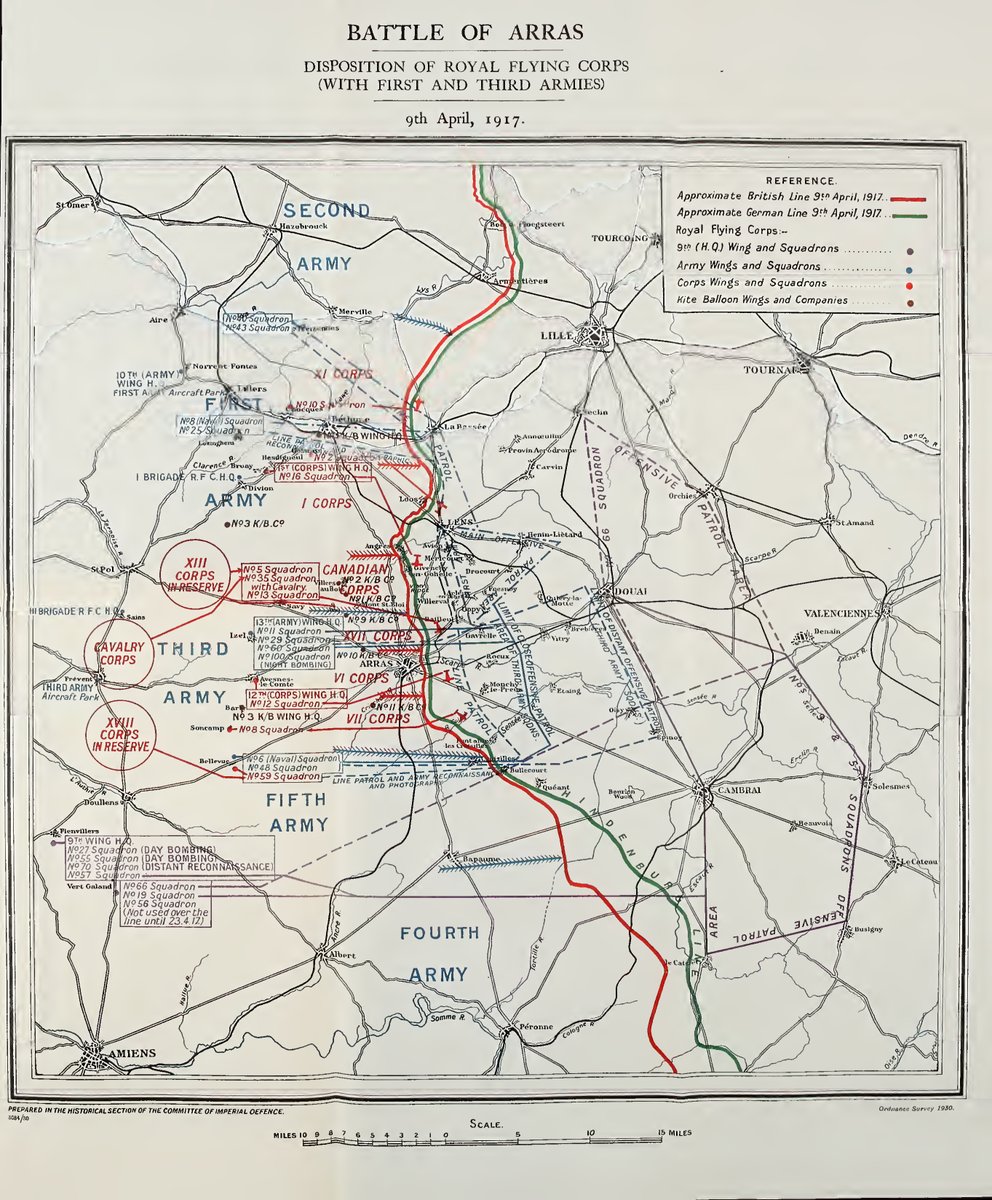
Lots of talk today about the Battle of Amiens and the start of Canada's 100 Days. It's rightly marked as the "black day of the German army," but it was also important as the greatest air battle of the First World War. #RAF #airpower #OTD
➡️🧵
➡️🧵

The RAF employed all the tasks of modern air power: air superiority, reconnaisance, interdiction, and close support missions among others. It was the first thoroughly modern and comprehensive application of air power on the battlefield and set the standard for future air ops. 

The RAF played a major role for this battle and more than 40 squadrons and 800 aircraft took part in the offensive. The French to the south contributed another 1,025 aircraft. The principal objective for the RAF was to support the ground battle. 

Bad weather limited air operations during the first week of August during preparations for the battle but strong RAF patrols helped disguise the offensive when the weather cleared up on 7 August and prevented German aircraft from discovering anything useful. 

The night before the battle, two Handley-Page O.400 bombers flew over the front lines for three hours. This patrol masked the sound of the assembling tanks and helped to preserve the surprise nature of the attack 

On the morning of the attack air superiority was maintained by a screen of six single-seat scout (fighter) squadrons from the RAF’s IX Brigade. These aircraft patrolled a line 15-20 miles to the east of the start line to prevent German aircraft interfering with the operation. 

Six corps squadrons worked closely with the army and provided tactical reconnaissance. This included flying contact patrols to keep track of the advancing troops and direct the fire of the artillery. The squadrons carried out attacks against enemy targets when required. 

A central part of the plan saw a further 9 single-seat fighter squadrons employed exclusively against ground targets. These low-flying attacks in the battle zone targeted enemy troop concentrations, artillery batteries, MGs, ammunition wagons, and other transport. 

Special attention was given to German anti-tank gun positions as they most threatened the advance of the tanks. Each squadron would dispatch aircraft in pairs to their assigned sector at intervals of 30 minutes.
Behind the front, aircraft interdicted the battlefield to stop Germans reinforcements. Attacks were made on aerodromes, bridges, and railway hubs. A small number of aircraft were dedicated to providing strategic reconnaissance during the course of the battle. 



The intensity and tempo of air operations on 8 August matched those of the ground forces. No. 203 Squadron was the most active low-level squadron in I Brigade, dropping a total of 112 25-pound bombs by 1600 hours on 8 August. 

Raymond Collishaw flew four missions that day starting at 0500 hours. His final mission ended in near tragedy when he was shot down by ground fire. He recalled, ‘My logbook shows that I put in 11 hours, 20 minutes in the air during the day, all at heights of 100 feet or less.’ 

Evidence suggests the air attacks helped the infantry. Gen. Henry Rawlinson, commander of Fourth Army, stated "the action of low-flying machines on “Z” day, though it entailed heavy casualties, had a serious effect in lowering the enemy’s morale and inflicting serious losses." 

But this type of low level support was costly. On the first day of operations, 45 aircraft were lost and a further 52 which made it back to base were so heavily damaged that they were scrapped. 61 aircrew were killed, missing or became prisoners of war and 19 men were wounded. 

The attrition rate for the approximately 700 aircraft involved in operations that day was 13 percent. The loss rate was even worse for the 300 aircraft involved in low level operations which suffered 70 of the 97 aircraft lossed for an attrition rate of 34 percent. 

No.203 Squadron suffered heavily in these attacks. Of the 15 pilots available for action on 8 August, four were lost on the first day and another a few days later meaning the squadron suffered losses of over 25 percent. 

Collishaw recalled, "Each time [we] were launched, we could see the aeroplane graveyard beneath, and one was conscious, while passing through a hail of fire, that at any moment the frail shell [of the aircraft], where we were precariously placed, might join its kind below."
Other aspects of the air battle were less successful, especially the program to interdict the bridges but overall the army was very satisfied with the support they received.
MGen Montgomery, deputy comdr of 4th Army considered RAF support an essential part of the victory which ‘completed the demoralization of the enemy by attacking his retiring troops and transport with bombs and mg fire, and by shooting gun teams in the act of withdrawing the guns.’
The air battle achieved its main aims but there were problems. The RAF was effective early but the German air force recovered quickly and reacted successfully. However, German aircraft made few effective ground attacks their overall losses were high and could not be replaced.
Low level attacks provided excellent support to the army but were costly and coordination was difficult.
The interdiction campaign was less successful; Bridges and other targets behind the battlefield were small targets and difficult to damage with the small bombs of the day.
The interdiction campaign was less successful; Bridges and other targets behind the battlefield were small targets and difficult to damage with the small bombs of the day.
If you want to learn more, check out Air Chief Marshal John Slessor's 1936 book Air Power and Armies which uses the Amiens air battle as a case study for future air operations.
I also cover the air battle briefly in Flying to Victory.


I also cover the air battle briefly in Flying to Victory.



This map is actually from Wise, Canadian Airmen of the First World War. Apologies for my error!
• • •
Missing some Tweet in this thread? You can try to
force a refresh








